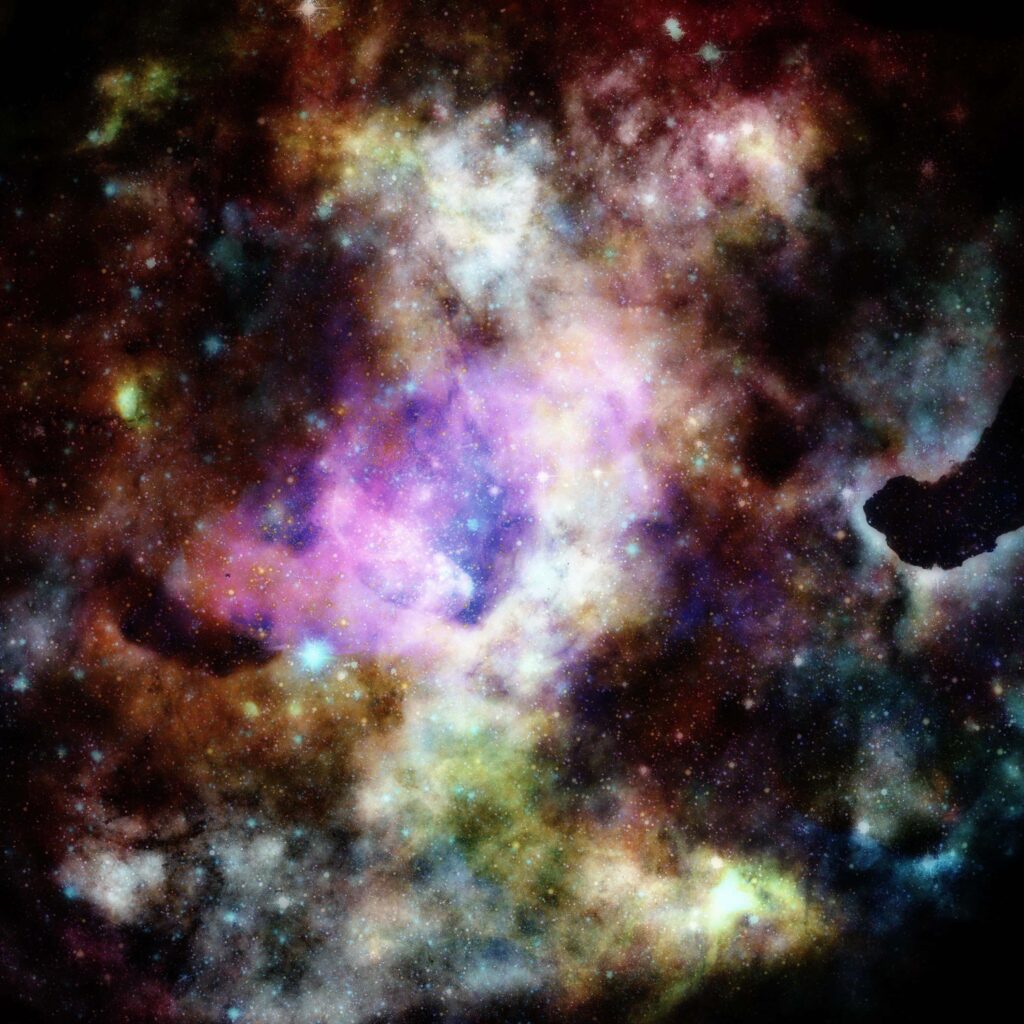
The Universe may not have originated from the Big Bang but instead “bounced” out of a massive black hole within a larger “parent” universe, according to a groundbreaking study. This revolutionary theory, developed by Professor Enrique Gaztanaga and his team at the University of Portsmouth’s Institute of Cosmology and Gravitation, challenges long-held cosmological beliefs.
Professor Gaztanaga’s research, published in the journal Physical Review D, proposes that the Universe was formed following a gravitational collapse in a larger universe. This collapse generated a massive black hole, leading to a rebound or “bounce” that resulted in the emergence of our universe.
Challenging the Big Bang Theory
The Big Bang theory has been the predominant explanation for the origin of the Universe, but it has its limitations. According to Professor Gaztanaga, the model begins with a point of infinite density where the laws of physics break down, posing a significant theoretical problem. “This is a deep theoretical problem that suggests the beginning of the Universe is not fully understood,” he remarked.
By re-evaluating the origins of the Universe from a different perspective, Gaztanaga’s team sought to address these issues. “Instead of starting with an expanding universe and asking how it began, we considered what happens when an over-density of matter collapses under gravity,” he explained.
The Mechanics of the Bounce
The new theory operates within the principles of quantum mechanics and can be scientifically tested. Professor Gaztanaga elaborated, “We’ve shown that gravitational collapse does not have to end in a singularity and found that a collapsing cloud of matter can reach a high-density state and then bounce, rebounding outward into a new expanding phase.”
This bounce, he noted, occurs entirely within the framework of general relativity, combined with the basic principles of quantum mechanics. “What emerges on the other side of the bounce is a universe remarkably like our own,” he added. Surprisingly, the rebound naturally produces a phase of accelerated expansion driven not by a hypothetical field but by the physics of the bounce itself.
“We now have a fully worked-out solution that shows the bounce is not only possible – it’s inevitable under the right conditions.”
Implications for Cosmology
One of the strengths of this model is its ability to make predictions that can be thoroughly tested. Gaztanaga’s research also suggests that the Universe is slightly curved, akin to the surface of the Earth. This revelation could provide new insights into other cosmic mysteries, such as the origin of supermassive black holes, the nature of dark matter, and the formation and evolution of galaxies.
Professor Gaztanaga, who also serves as the science coordinator for the ARRAKIHS ESA space mission, highlighted the potential of the mission’s four wide-angle telescopes. These instruments could confirm the theory by detecting ultra-low surface brightness structures in the outskirts of galaxies, which are crucial for understanding how galaxies grow and evolve.
Looking Forward
This new perspective on the Universe’s origins invites further exploration and testing. The implications of this theory could reshape our understanding of cosmology and the fundamental laws of physics. As researchers continue to investigate and test these ideas, the scientific community and the public alike may gain a deeper appreciation of the Universe’s complex and dynamic nature.
As Gaztanaga’s work progresses, the potential for new discoveries remains vast, promising to illuminate the intricate tapestry of the cosmos and its origins.







